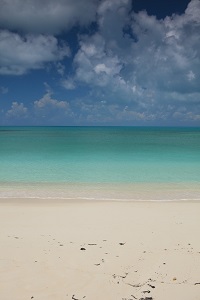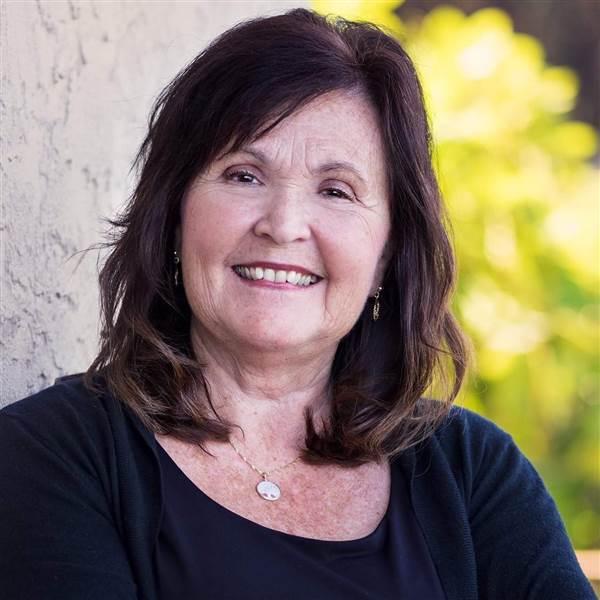 As temperatures drop in most of the United States and we anticipate the arrival of winter, the islands of the Bahamas remain warm and sunny. Are they calling to you? While AOPA has detailed flight planning information online, here is a summary of what you need to know to fly there, as well as some helpful tips for enjoying your visit.
As temperatures drop in most of the United States and we anticipate the arrival of winter, the islands of the Bahamas remain warm and sunny. Are they calling to you? While AOPA has detailed flight planning information online, here is a summary of what you need to know to fly there, as well as some helpful tips for enjoying your visit.
In addition to a passport, and current airman and medical certificates, pilots need a restricted radiotelephone operator’s permit and a letter of authorization (if the aircraft is in someone else’s name). It follows that all passengers need a passport, and if you have a child onboard with only one parent, you’ll need a notarized statement of approval from the absent parent that includes the dates of the trip. Because you will be flying over water, you will need a life vest or flotation device for each individual and you might want to also carry a life raft.
What about the aircraft? The ARROW documents: Airworthiness certificate, registration (permanent only, no pink slips), radio station license, operating limitations, and weight and balance information. The aircraft also needs an ID data plate, 12-inch registration marks for flying through the ADIZ, a Mode C transponder, and an ELT.
Customs and Border Protection has requirements, too, including a user fee decal, which costs $27.50 and can be purchased online. (You have to create a CBP account first). Questions should be directed to the User Fee Help Desk at (317) 298-1245 or via email at [email protected]. Want a paper application? Download it here.
CBP also requires that the pilot in command file an eAPIS manifest listing all passengers at least one hour prior to departure. (You cannot depart prior to the completion of that hour, even if you receive an email clearing you for the flight.)
If you are flying an Experimental Category Aircraft you are required to carry a “STANDARDISED VALIDATION OF A SPECIAL AIRWORTHINESS CERTIFICATE – EXPERIMENTAL” document aboard the aircraft. Light Sport Aircraft are recommended to carry the form, as well.
When it’s time to depart, you will need to file a flight plan with Miami Flight Service – and don’t forget to activate it! Miami FSS can be reached by phone: (800) 432-4716 or (305) 233-2600. If you want flight following from Miami Center, plan to fly above 6,000 MSL as Miami Center controls that airspace over the Bahamas.
You must enter the Bahamas through an International Airport of Entry (AOE). As you fly in the islands, verify that fuel is, in fact, available at your landing destination. Fuel locations are limited and their supply sometimes runs out.
In the Bahamas, the CTAF is 122.8; however, Nassau, Freeport, and Exuma International have discreet frequencies. You will need to be cleared into Nassau and Freeport TCAs and note their minimum altitudes on the WAC charts. For the Bahamas, use FAA WAC Charts CH25, CJ26 and CJ27 depending on where you are going.
Close your flight plans with Miami FSS. This can be done in the air using 126.9 over/near Grand Bahama Island (Freeport), 118.4 over/near New Providence Island (Nassau), 122.1/116.7 off of the Bimini VOR. You can also call Miami FSS using the “Blue Phones” located at all Bahamas international airports or by using your cell phone or local telephone.
To enter the Bahamas you must present three copies of a C7A and pay a $50.00 “Processing Fee”, one stamped copy of this C7A form will be returned to you. (Please note that for aircraft registered in the name of a corporation, you may be charged $75 on arrival and another $75 on departure as a “commercial” flight). Nonetheless, when comparing the costs for flying to the Bahamas to other Caribbean and Latin America countries, the Bahamas is still one of the best options around.
Carry the stamped form with you as you fly to various island airports and have it stamped, again, wherever Bahamas Customs is present. If Customs is not there, you do not need a stamp.
And if you are looking for things to do, visit these Web sites for ideas and a current schedule of events: The Islands of the Bahamas and The Bahamas Weekly.
Find out more about flying in the islands, and returning back to the U.S. in this article, as well as on the Bahamas pages of AOPA’s Web site.
If you have questions about any aspect of flying to the Bahamas and back to the U.S., please give the aviation technical specialists at AOPA a call Monday through Friday, 8:30 a.m. to 8:00 p.m. Eastern Time. 800-USA-AOPA (872-2672).
And, have a fabulous time in the islands!



